"[gallery link="file"] It's either a crime of passion or a passionate work of automotive art — it depends of course on your perspective. But whichever way you look at it this re-imagining of a Ferrari 365 GTB/4 Daytona as a sleek "

Life with a Ferrari Daytona
Some Ferrari owners seal their cars in bubble wrap. Matthew Lange drives his to Sainsbury’s
In a quiet cul de sac in suburban Surrey there lies a little house with a big secret. Lift up the garage door and you might expect to find the usual household detritus – perhaps a couple of old mountain bikes or a tumble drier. But not here. Gleaming under a strip light is the ultimate grand tourer and one of the most desirable Ferraris ever made: a 365 GTB4 ‘Daytona’.
This particular example has to rank as one of the most widely-recognised Daytonas in the country. Not because of its provenance or rarity – although it has both – but because owner Matthew Lange uses it at every available opportunity. If you’ve spotted a red Daytona at an event like the Bicester Scramble or the Goodwood Breakfast Club it’s likely to have been this one.
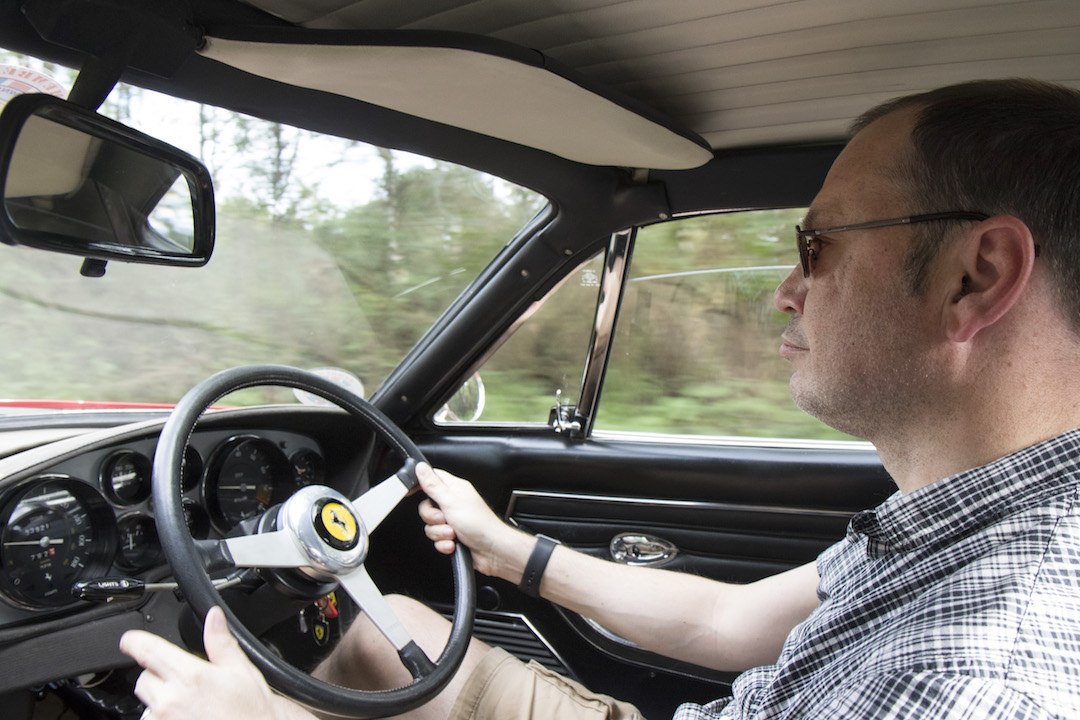
The car originally belonged to Matthew’s father, Martin Lange, who had come from humble beginnings to own more than 30 Ferraris. And he firmly believed in using them.
“My dad bought the car when I was three years old. It was his daily driver initially and he clocked up about 30,000 miles in it over the course of three years,” Matthew explains. “That was before health and safety, so if we went for out for the day, my mum would slide the passenger seat forward and I’d sit on a cushion on the parcel shelf.”

Over the years, Martin’s other Ferraris included a 275 GTB and a 250 GT short-wheelbase. He had always promised to leave one to Matthew but later decided to transfer the ownership of one of the cars as a 30th birthday present instead. Even at the time, the short-wheelbase was worth about 10 times the value of the Daytona, but Matthew didn’t hesitate when faced with the decision of which one to pick.
“The Daytona was always my favourite, probably because it was my dad’s first Ferrari and the first car I really remember,” he comments.
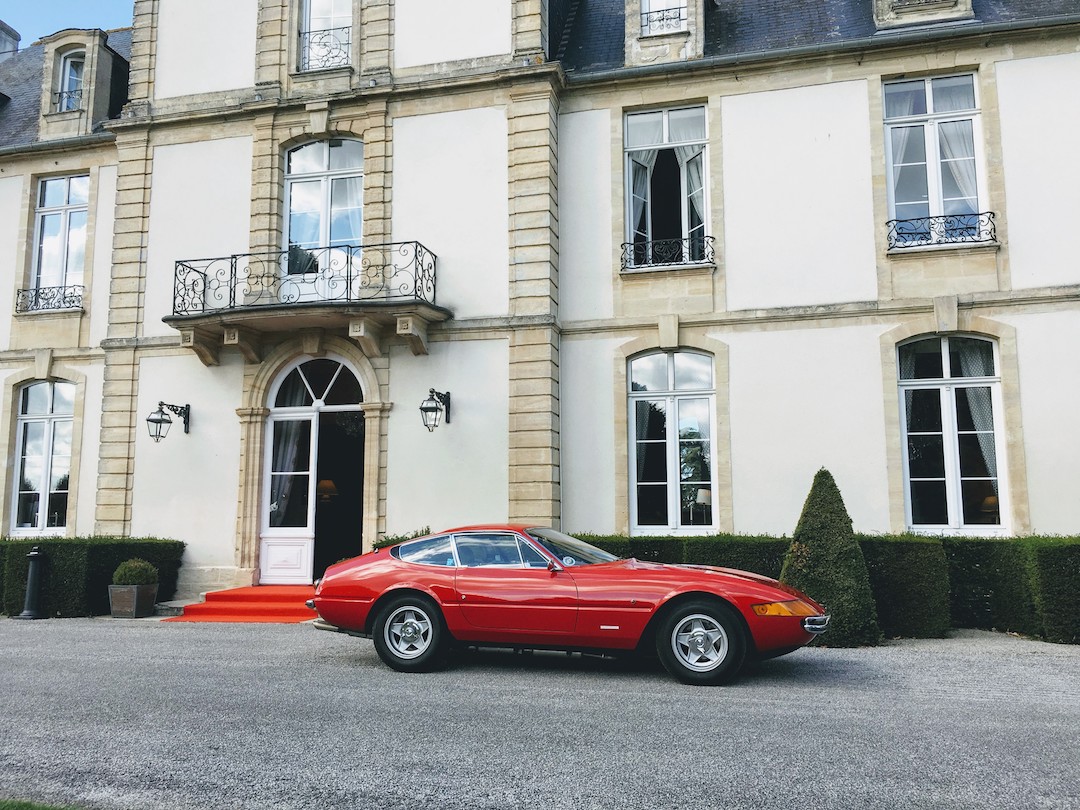
Grand touring
Matthew used the Daytona quite sparingly for the first few years. In 2008, however, he drove it down to the Le Mans Classic in a 1,000-mile round trip that proved to be a turning point. Since then, the car has been used regularly at home and abroad, even heading out to the supermarket on occasions.
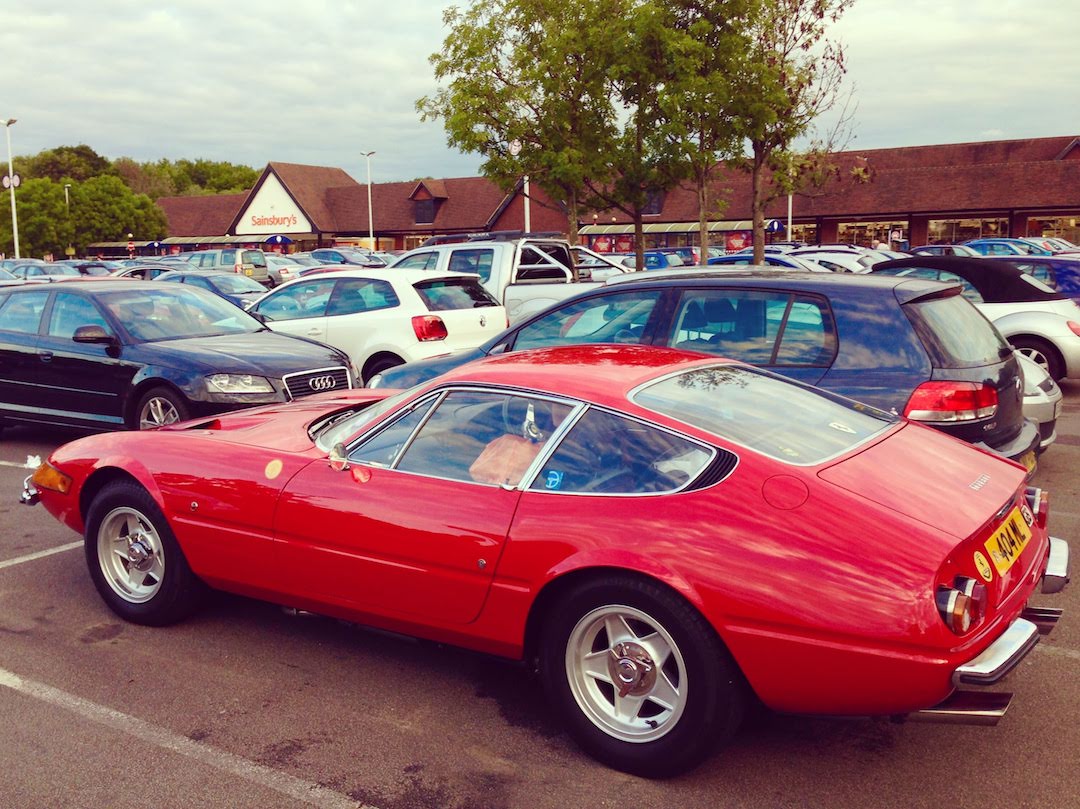
“I try to drive it with mechanical sympathy, but having grown up with this car I will probably drive it on occasions when most Daytona owners wouldn’t,” he admits. “In a weird way, I’m more comfortable using it now the value has gone up; when I took it over the repair costs of a major accident could have been more than the car was worth, but that’s no longer the case.”
One of the biggest potential headaches with owning a car like this is the cost of servicing, although it’s not as temperamental as you might expect. The service interval is a comparatively reasonable 3,000 miles – the same as a contemporary Mini – and major problems are generally rare. Likewise, there’s more space under the bonnet than on a lot of V12 Ferraris, which makes access reasonably straightforward. A good independent mechanic can also make the bills far more manageable and this particular car has been privately maintained by the same ex-Maranello Concessionaires technician for more than 30 years.
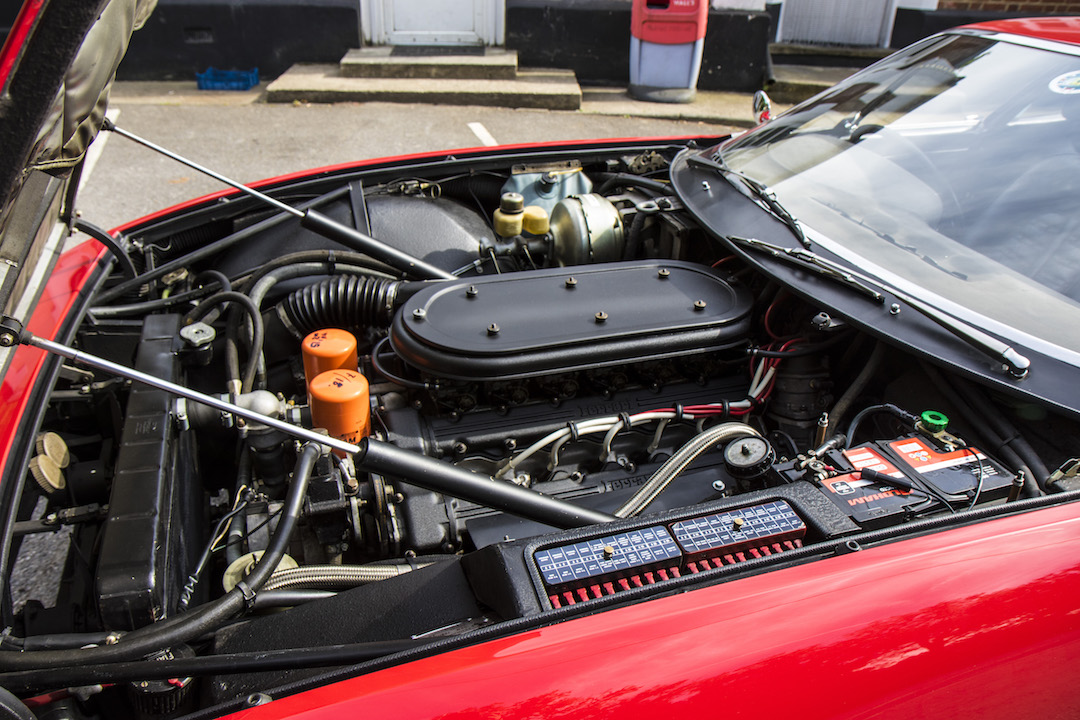
Character quirks
Life with the Daytona has been fairly straightforward, Matthew explains, although it has sprung a few surprises along the way. On one trip to the South of France, he returned to the hotel to find that the car had emptied almost all of its oil.
“When I saw the amount of oil that had come out I feared it might be terminal,” he says. “It turned out to be a hose clip that had detached itself, so we put the pipe back on and got a lift down to a local garage to buy some oil. Once it was refilled we tentatively started it up and everything was fine; if you did that in a lot of modern cars you’d be on a tow truck.”
That’s not to say the Daytona is without its quirks. The sheer quantities of oil held in that big V12 and the rear-mounted transaxle mean that everything takes a long time to warm up – second gear, for instance, is out of bounds until the gearbox gets up to temperature. Conversely, the large glass area and the notoriously inadequate factory-fit air conditioning system mean that the Daytona can be quick to cook its occupants on a warm day.
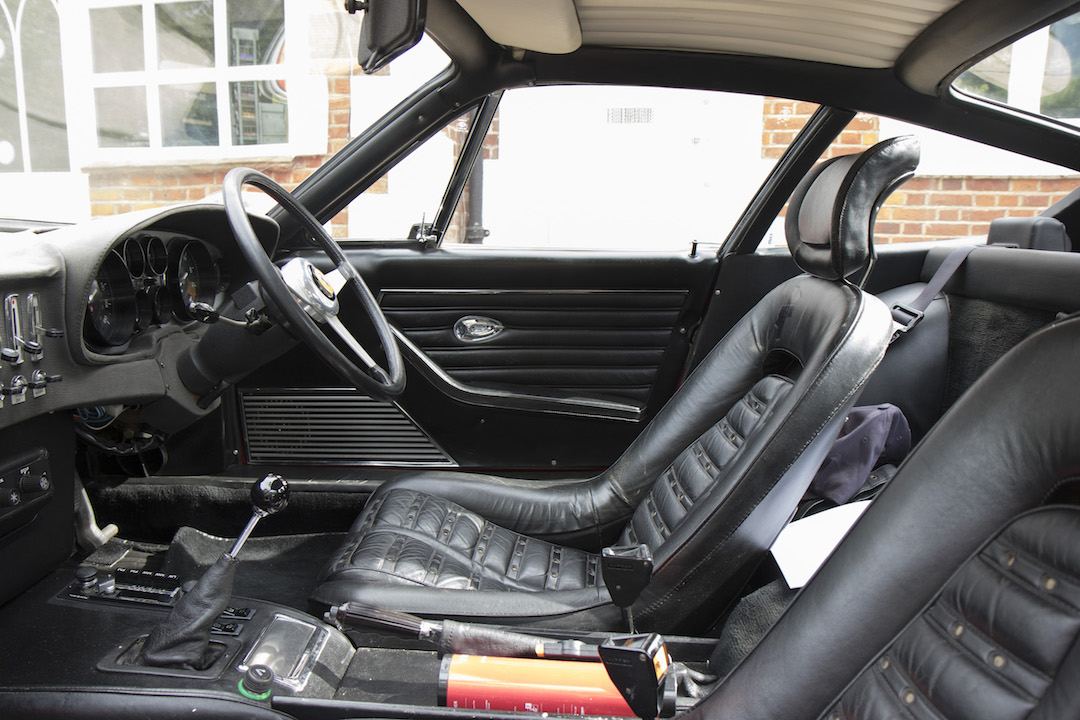
“Hefty is the word that best describes the driving experience,” Matthew explains. This car has been converted to power steering, using the hydraulic setup from a Ferrari 400, but the steering still requires a significant amount of effort. And the same goes for the clutch and the brakes.
“I think every enthusiast thinks about how they might like to improve their car,” Matthew comments. “I wouldn’t want to do anything to change this example – it wouldn’t be the same car anymore if I did – but if I won the lottery I would absolutely buy another one and build a ‘Singer’ Daytona. I’d like better brakes, and there is a company that now produces slightly larger wheels to make that possible. There’s probably room to tweak the steering further too. And my wife isn’t a fan of the fuel smell that you get with six big carburettors so I might even contemplate fuel injection.”
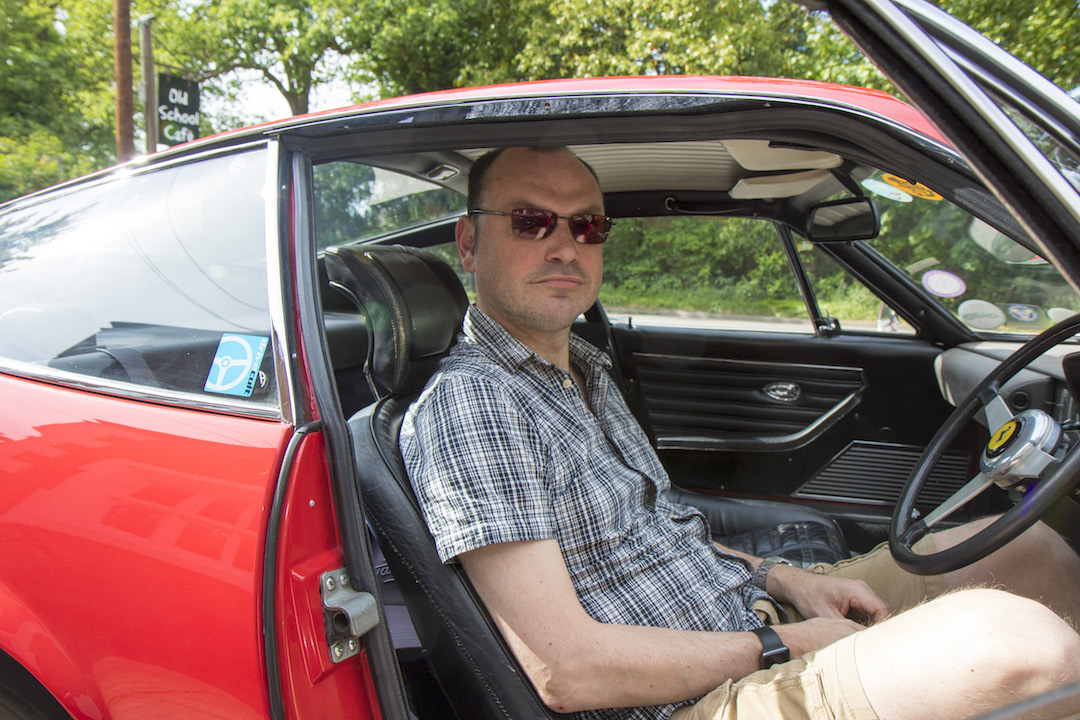
In some respects, though, it’s these idiosyncrasies that give the Daytona its own particular character. It was a car built for blasting down Routes Nationales at a time when you really could use its 174 mph performance. And it’s on these longer trips where the car still thrives, Matthew says: “It’s not really a B-road car, but on bigger roads, it starts to come alive. We’ve done the Journeés d’Automne event in France almost every year since 2013. That’s given us some great experiences driving through the vineyards of the Champagne region with the V12 singing away among a convoy of other enthusiasts. It doesn’t get much better than that.”

In fact, meeting like-minded enthusiasts is part of the joy of owning a classic car, he points out: “We’ve met some of our best friends through the classic car scene and I love the fact that it’s totally democratic – if you turn up at one of the Journeés events with an MGB GT you get treated exactly the same way as someone who arrives in a Gullwing or a Bugatti.”
Before I head off there’s just time to take some photos and I can’t resist the opportunity for a ride in the Daytona along the way. It’s everything you might expect from a classic grand tourer. A couple of pumps on the accelerator are required before the big V12 roars into life with a deep, bassy rumble. Inside, the cockpit is surprisingly airy, with a wide sweep of dashboard and that giant bonnet stretching out in front. The seats are fantastically comfy and there’s plenty of space for luggage behind. In some respects, it feels surprisingly modern. Careful carburettor tuning and the sheer grunt of the V12 means that the Daytona pulls cleanly from low revs, with a creamy growl that’s almost more straight-six than V12.
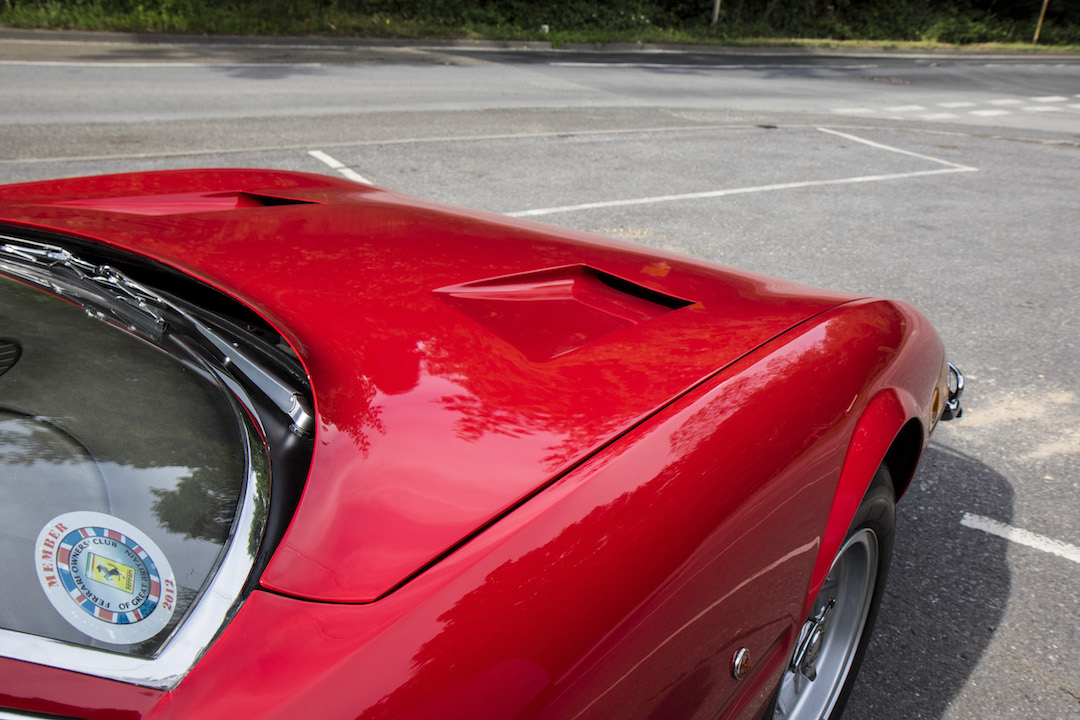
We head out towards Surrey Heath. This is where McLaren’s engineers do a lot of their road testing and the affluent villages nearby are home to more than their fair share of supercars. And yet the sight of a big, red Ferrari Daytona still stops people in their tracks. None more so than Matthew, who says he’s still utterly under the car’s spell, some 43 years after his father first brought it home.
In a world where classic car ownership is increasingly seen as an investment rather than a hobby, there’s something rather wonderful about that.

CLICK TO ENLARGE










